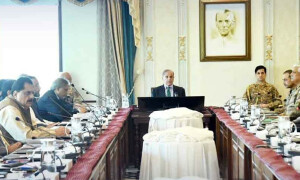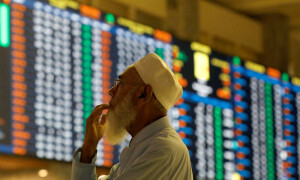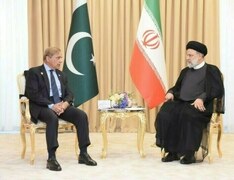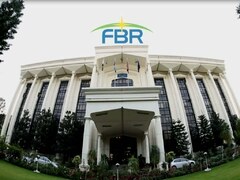ISLAMABAD: Forty percent or at least 80 million people of the total population of Pakistan are living in poverty and efforts are being made to bring them in federal government’s social safety net. Overall, the country’s population of more than 200 million comprised of some 32 million households out of which the survey of 20 million households comprising of 120 million people has been completed by Benazir Income Support Programme (BISP), a Senate panel was briefed on Wednesday.
Senate Standing Committee on Poverty Alleviation and Social Safety met under the chair of Dr Jehanzeb Jamaldini.
Secretary BISP Yusuf Khan and Director General BISP Muhammad Khalid Siddiq briefed the committee on the functioning of BISP.
The committee was briefed that BISP survey to determine the socio-economic condition of every citizen of Pakistan was completed 81 percent in Balochistan, 72 percent in Sindh, 47 percent in Punjab, 28 percent in Islamabad Capital Territory (ICT), 20 percent in Khyber Pakhtunkhwa, 13 percent in Azad Jammu and Kashmir (AJ&K) and seven percent in Gilgit-Baltistan (GB).
Sharing the related details, the secretary BISP said 40 percent population (which is 80 million of Pakistan’s total population of over 200 million) is living in poverty, and the government, through different initiatives, overseen by Poverty Alleviation and Social Safety Division (PASSD), under the umbrella of Ehsaas Programme, was trying to bring the downtrodden segments of the society in the social safety net.
DG BISP briefed the committee that almost all the eligible females in erstwhile Federally Administered Tribal Areas (FATA) had obtained computerised national identity cards (CNICs), whereas, he said, in the year 2007 only eight percent of female population of the then-FATA had CNICs.
The federal government is providing financial assistance through conditional and unconditional cash grants, he said adding that unconditional cash assistance is provided to poor and deserving people whereas conditional cash assistance is offered in the fields of education and health.
The committee lauded BISP’s role in providing social safety support to deserving population and recommended that the outreach of government’s social safety net be extended countrywide with special focus on deprived and far-flung areas of Balochistan, erstwhile FATA, rural Sindh and other areas that lack even the basic facilities of modern day life.
Copyright Business Recorder, 2021



























Comments
Comments are closed.